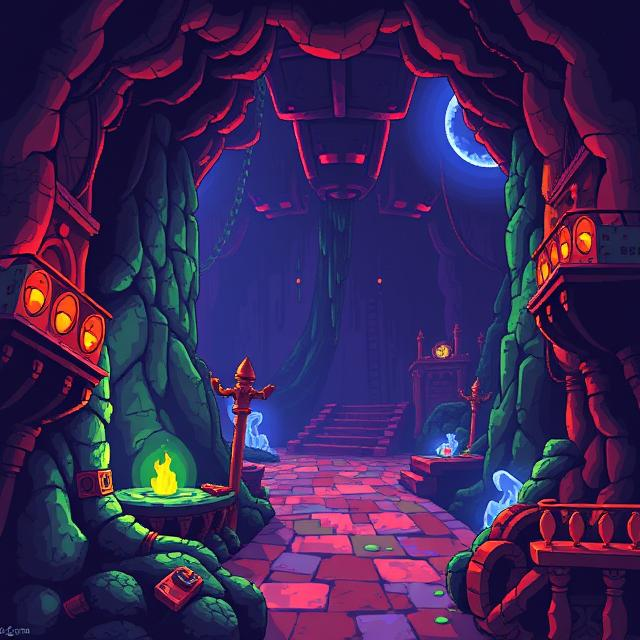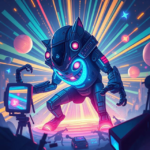Roguelikes and dungeon crawlers are genres that thrive on procedural generation, randomized content, and tight gameplay loops. From The Binding of Isaac to Dead Cells and Darkest Dungeon, these games rely on systems that generate fresh challenges with every playthrough. Specialized tools can help build such systems efficiently.
Core features in these genres often include:
- Procedural level generation
- Randomized enemies, loot, and events
- Turn-based or real-time combat systems
- Permadeath and meta-progression mechanics
Engines like Unity and Godot are well-suited for these games due to their scripting flexibility and plugin support. Libraries such as:
- Roguelike Toolkit (ROT.js) – for HTML5 roguelikes
- ProcGen Dungeon Toolkit (Unity) – for procedural level building
- Godot Roguelike Toolkit – open-source framework for grid-based systems
- Tiled – map editor for tile-based dungeons
Designers can also use:
- Weighted randomization systems to control enemy/item spawns
- State machines or behavior trees for enemy AI
- Seed-based generation to allow reproducibility and sharing of dungeon runs
For turn-based roguelikes, implementing action queues, *tile-based pathfinding (A)**, and fog of war systems is crucial.
Asset-wise, many 2D roguelikes use pixel art packs or generate map tiles programmatically. Tools like LDtk or Tiled2Unity help import map data.
In short, roguelikes combine randomness with design—and the right tools allow you to balance chaos with crafted challenge, ensuring replayability without losing player agency.






